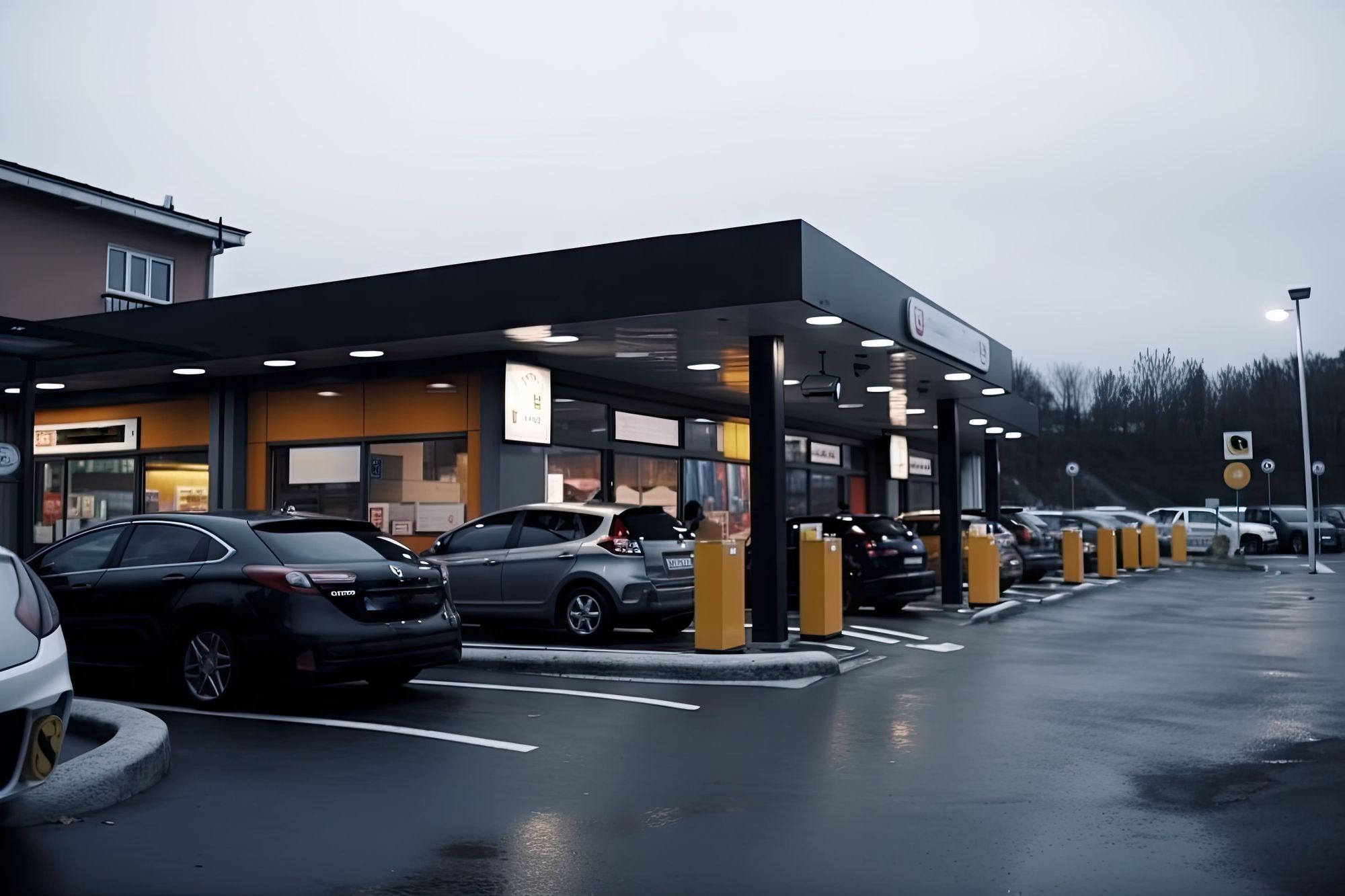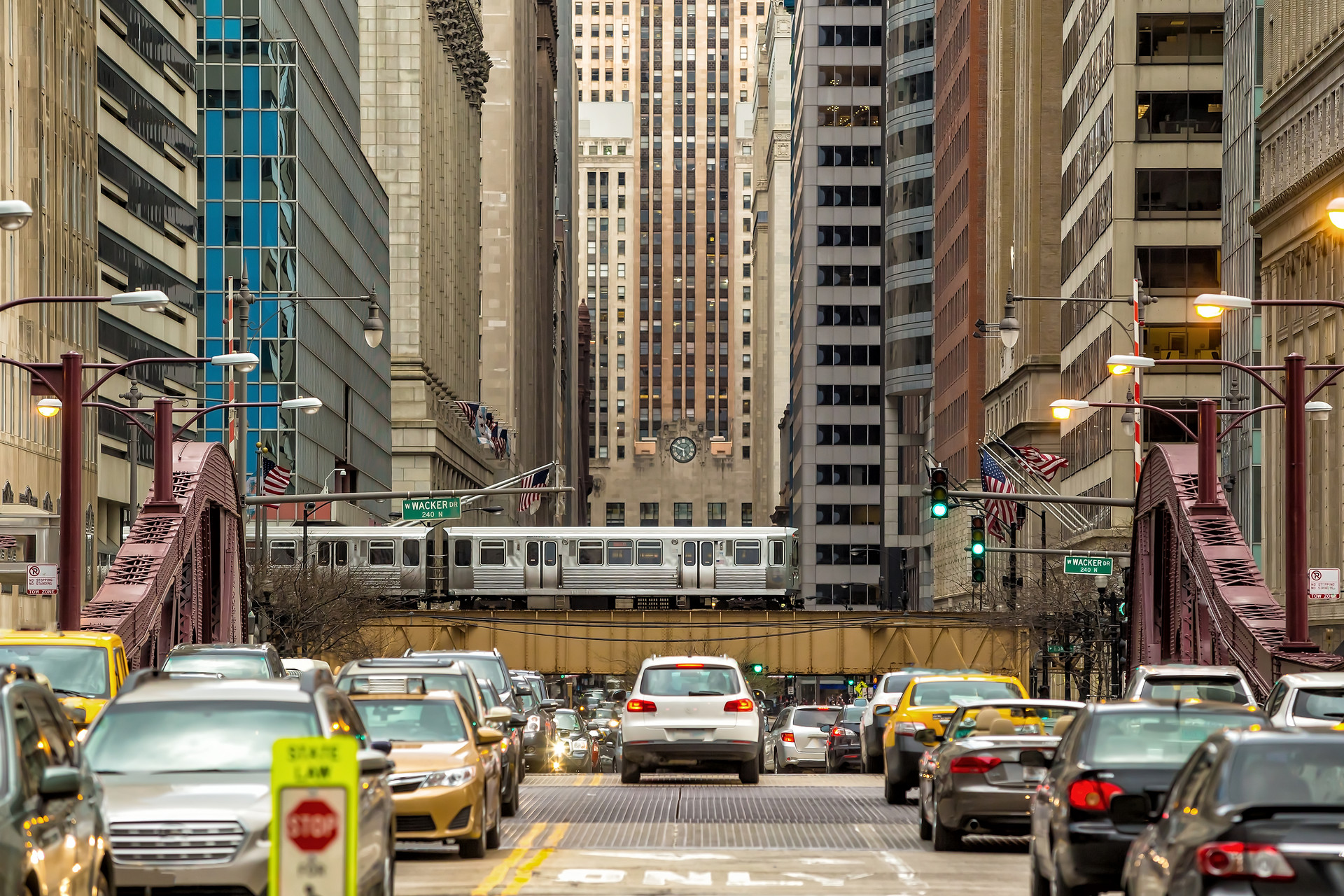Traffic Flow Demographics & Convenience Store Site Selection

Try TrafficZoom’s AADT metrics today with a free trial
Get instant access nowReal estate decisions for convenience stores and car washes have always hinged on location. But defining what makes a location ideal is changing fast. Traditional models based on nearby residential demographics are now being supplemented by insights into the actual people driving past a site.This shift is powered by new developments in traffic data accuracy and traffic flow demographics. Instead of focusing on where people live, these tools reveal who is traveling through an area. That distinction could make all the difference for businesses evaluating potential locations across the United States.When choosing your next business site, competitor presence is a key factor to analyze. But is having competitors nearby always a threat to your business?
Surprisingly, the answer is: not always. In many cases, retailers offering similar products and services actually benefit from being in close proximity to their competitors. Our analysis of over 2,500 c-store locations across the U.S. revealed a notable trend - some businesses deliberately position their new stores near competitors, and as a result, both parties see positive results.
Traditional Demographics Tell Only Part of the Story
For decades, businesses assessing potential sites for a convenience store or car wash relied on census data and basic traffic counts. These numbers provided general estimates of nearby population and road use. However, that approach overlooks important context.
A location with 20,000 daily vehicles sounds promising, but it lacks meaning without knowing who those drivers are. Understanding if those vehicles are carrying commuters, families, or tourists adds much-needed perspective. Knowing what time of day they travel, or what direction they’re going, can significantly influence site performance.
This is especially important for businesses with drive-by traffic as their core source of revenue. In such cases, the demographics of the surrounding rooftops matter less than the demographics of the roadway itself. A site adjacent to a commercial or commuter corridor might see a far higher rate of vehicle traffic that fits a business’s ideal customer profile—even if residential density is low.
The Growing Need for Real-Time, Granular Insights
Consumer behavior is increasingly fluid, and traffic flow is no exception. More people are working hybrid or flexible schedules, shopping at unconventional times, and commuting across broader areas. Static data sources simply don’t keep up.
Modern traffic data collection now enables operators to view the real-time and long-term flow of people past a location. This includes:
• Time-of-day breakdowns
• Directional movement
• Weekday vs. weekend variations
• Seasonal shifts
When layered with demographic data about those drivers, businesses can better understand the true demand curve around a location. For example, a car wash operator may find that most passersby are higher-income professionals commuting during peak hours, suggesting an opportunity to offer express detailing or subscription services.
How This Impacts the Car Wash Industry
In the car wash industry, the ability to draw consistent traffic is essential. Car washes must be easily accessed from major roads, offer quick service, and provide the right mix of options for their customer base.
Traditional car wash demographics focused on nearby residents. But actual business performance depends more on who is driving by than who is living nearby. A high-traffic commuter road that serves multiple neighborhoods can outperform a residential zone with more rooftops but lower drive-by flow.
These new tools allow owners to:
• Analyze traffic patterns over different times and days
• Identify whether customers are likely to stop or just pass through
• Segment service offerings by likely consumer preference
• Compare traffic data accuracy across potential sites
By aligning a site's layout, pricing, and marketing with the behavioral patterns of the actual driving population, operators gain a significant advantage over competitors using older models.
Rethinking Convenience Store Site Selection
Convenience stores face a similar challenge. Location has always been vital, but competition is growing. New builds must now compete with not just other c-stores, but also QSRs, grocery pickup points, and online retail services.
Better site data helps operators avoid underperforming intersections and instead identify optimal locations that serve the right traffic at the right time. For example, a site that draws steady mid-morning and lunchtime traffic from a mix of local businesses and schools may offer higher transaction volume than one with more raw traffic but less reason for drivers to stop.
This level of detail becomes especially useful when:
• Entering crowded markets with similar businesses
• Assessing multiple potential sites with near-identical traffic counts
• Validating assumptions from brokers or legacy data
• Planning future expansions or regional clusters
With better insights, businesses can deploy their capital more effectively and choose locations that maximize revenue from day one.
The Role of Traffic Data Accuracy
Whether you operate a convenience store or car wash, your location strategy is only as good as your data. Unfortunately, many businesses still rely on datasets with error margins too large for serious planning.
Some traditional sources base their figures on estimates from sparse detectors or extrapolated mobile data. These methods often fail to account for turns, stops, or local variations. The result can be up to 40% deviation from real-world traffic volumes.
Accurate traffic data includes:
• Continuous, multi-source data integration
• Address-specific calculations
• Seasonal and time-of-day adjustments
• Verified observation over long periods
Improved traffic data accuracy leads to more reliable sales forecasting and a more precise understanding of site viability. It also reduces the risk of overbuilding or entering saturated corridors where driver behavior won’t support long-term success.
Long-Term Planning and Operational Benefits
The benefits of better site data don’t end after the ribbon is cut. Over the long term, demographic traffic analysis can help operators adapt to changes in local behavior, competition, and demand.
With regular updates and historical comparisons, businesses can:
• Adjust marketing to reflect shifts in the target market
• Monitor traffic fluctuations due to nearby development
• Align staffing and hours with actual usage trends
• Reduce operational waste by matching services to demand
This also supports decisions around remodels, expansions, or closures. Real-world traffic data can confirm whether a site still meets its original criteria or if its surroundings have changed over time.
Competitive Landscape Considerations
New developments, shifts in commuting patterns, or the entry of similar businesses can impact traffic behavior significantly. A formerly strong corner may lose its value if nearby projects redirect flow or introduce new competitors.
To maintain competitiveness, retailers need tools that not only assess today’s performance but help model tomorrow’s. Trade area analysis combined with evolving demographic traffic data offers one of the clearest paths to staying ahead of change.
With the right metrics, a business can not only pick a winning site but also hold that advantage as the local market shifts.
Final Thoughts
Better data leads to better decisions. For businesses evaluating where to invest, open, or expand, traditional demographic methods still have value—but they are no longer enough on their own.
Traffic flow demographics, backed by accurate data and continuous monitoring, provide the clearest path to informed decision making. This applies to convenience store site selection, the car wash business, and any roadside retail category where passing drivers are the primary source of revenue.
As the industry evolves and tools improve, the smartest operators will be those who combine classic real estate principles with modern traffic intelligence. That combination is what turns a good location into a high-performing one—and supports business health for years to come.














